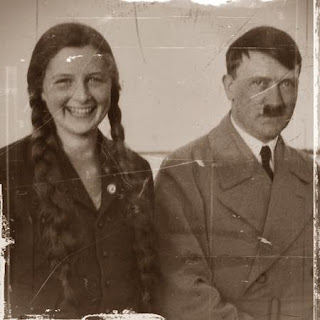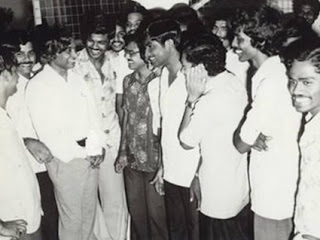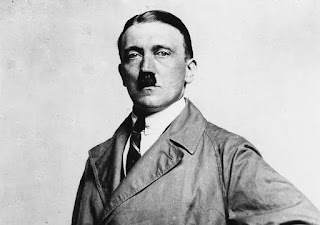The Women in His Life
Hitler liked the company of beautiful and frivolous women. He avoided women who preferred to discuss political issues. Hitler was attracted to women much younger than himself. A scandal erupted when Maria Reiter, a sixteenyear-old girl he was involved with, tried to commit suicide. In 1928,°Hitler’s half-sister, Angela Raubal, came to keep house for him She arrived with her twenty-year old daughter, Geli Raubal. Hitler, who was forty, became
besotted with Geli.
They lived together for over two years. It was a stormy relationship and they often accused each other of infidelity. Eva Braun, a seventeen-year-old girl who Hitler took for rides in his Mercedes car, was the main bone of contention. Geli also felt that Hitler controlled her life. On September 8, 1931, Hitler left for Hamburg after having a big row with Geli. After he left, Geli shot herself.
On hearing the news Hitler wanted to kill himself but was talked out of it by senior members of the Nazi Party. One strange fall out of Geli’s suicide was that Hitler became a vegetarian. Meat now reminded him of Geli’s corpse. After geli’s death, Hitler began to see more of eva braun. However he still had relationships with other women. Eva’s jealousy of his other girlfriends led her to attempt suicide in 1932. Doctors managed to save her life, and after this incident Hitler saw less of other women. Hitler had no desire to father children. He believed that they would disappoint him as they could never match his own genius.
Rebuilding the Party
The failure of the “Beer-Hall putsch” and the imprisonment he underwent made him decide that he would never again set himself up to confront the army and police until they were under his command.
He realized that power had to be achieved through legal meansby subversion of the Weimar Constitution-and by building a mass movement. He also realized that parliamentary strength worked better when combined with “extra-parliamentary street terror and intimidation”. Helped by Goering and Goebbels, close party associates, he began to reassemble his followers and rebuild the movement which had withered in his absence.
When the ban on the Nazi Party was lifted in J anuary 1925, Hitler began speaking in public once more. By avoiding rigid definitions of National Socialism, Hitler succeeded in extending his appeal beyond Bavaria and attractin g both Right and Left to his movement. Though the Nazi Party won only twelve seats in the 1928 elections, the onset of the Great
Depression proved to be a boon for Hitler. The fortunes of his party changed with the Wall Street Crash in October 1929. Needing capital, the United States began to recall loans from Europe.
There was a rapid increase in unemployment. Germany, whose economy relied heavily on investment from the United States, suffered the most. By the end of 1930 there were nearly 4 million unemployed people in Germany. Wages also fell and even those with jobs had to survive on lower incomes. Hitler had been dismissed as a fool in 1928 when he predicted economic disaster. But now people began to feel that since he had been clever enough to predict the depression, he could also solve it.















